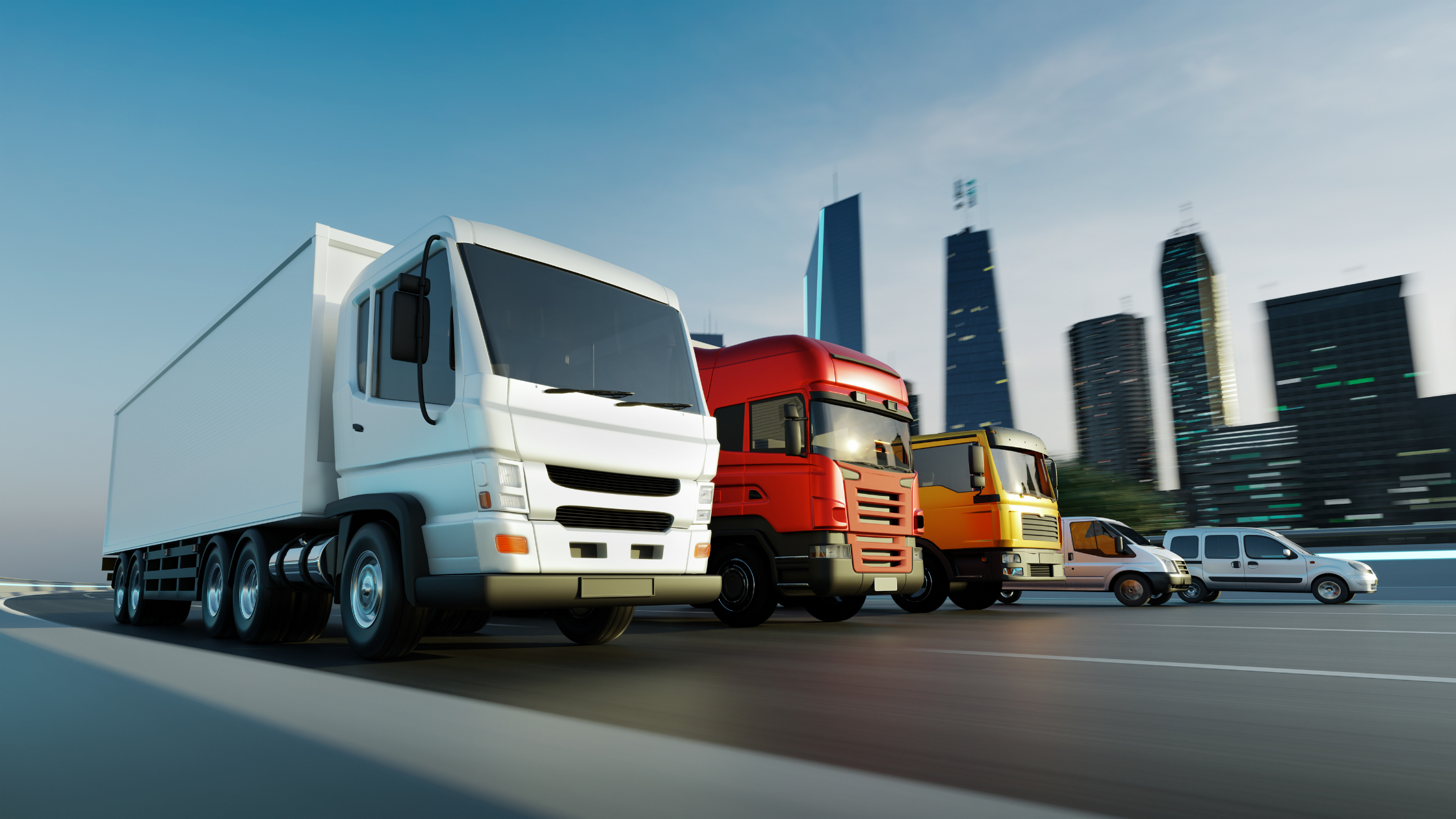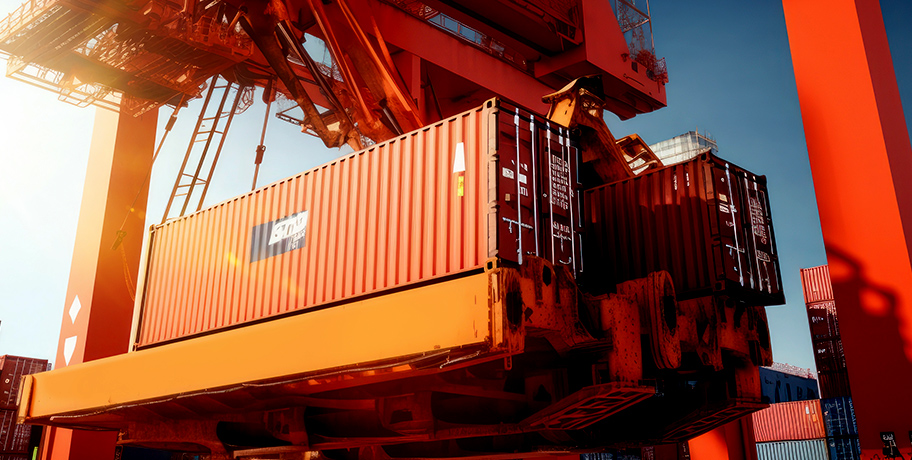DRAYAGE – THE LINCHPIN FROM PORT TO PORCH
Mar 31, 2022
Drayage – The Linchpin from Port to Porch
As the number of shipping vessels waiting to enter the ports of Los Angeles and Long Beach decline in 2022 from highs of over 100 in January to around 75 or so in February, the number of ships on the east coast, specifically, the port of Charleston, is on the rise.
This see-saw market is expected to continue through the year as consumer purchasing habits remain strong and shippers place seasonal orders with overseas manufacturers and suppliers to replenish inventories.
However, as containers are unloaded, they sit, waiting to be picked up.
Some ports, such as Charleston, are slowing the unloading process by not using all of their cranes to unload containers because container space is limited. Meanwhile, the ports of Los Angeles and Long Beach are working with state and local officials to lease additional land for containers. For a number of ports including Charleston, Los Angeles and Long Beach, allowances for containers to be stacked up from the usual two to four high have been made. However, this presents safety concerns for the port worker and additional time needed to locate and load containers onto trucks.
This part of the supply chain, drayage, was spotlighted last year as shippers complained of fees for containers not being picked up in a timely manner. “We end up paying the bill for mistakes we did not make. It leaves a bitter taste in your mouth,” one shipper said at the recent TPM conference. The same shipper noted that 18% of his total shipping bill in 2021 were these fees, better known as detention and demurrage fees.
Detention and demurrage fees are meant as incentives to keep the flow of containers moving from ports through the inland in a timely manner and are the result of interactions that go on between multiple supply players. However, these fees are not working in today’s environment – COVID impacts on supply chain workers, the need for more trucks and drivers, more warehousing space and more supply chain workers in general – all to manage the insatiable demand from consumers.
In addition, some of the supply chain issues that are occurring have been around for years and are exacerbating the current situation. As Drew Herpich, COO of NTG,, noted in a recent article for Refrigerated & Frozen Foods, appointment setting and honoring those appointments are obstacles for truck drivers, particularly when they must wait hours to pick up or drop off containers at ports and wait to deliver to or pick up from warehouses.
Despite ports and warehouses investing in technology and automation, Herpich writes that the long wait times and appointment setting still has not been solved.
A shipper at the TPM conference called for front gates to be fixed. “Get trucking in and out quickly,” he told the audience. But situations at ports differ. “When you’ve seen one port. You’ve seen one port,” quipped Daniel Maffei, Chairman of the Federal Maritime Commission (FMC) during a TPM interview.
Appointments are not available at all U.S. ports for example. In addition, some shippers are using containers as “mobile warehouses” because there is no room available at these shippers’ warehouses, Jimmy Newsome, president and CEO of the South Carolina Authority said.
Tips for shippers:
- Establish long-term relationships with drayage partners.
- Contract with drayage partners that can proactively manage detention and demurrage fees.
- Work with partners that can manage container FIFO (first in, first out) programs and offer visibility, tracking and billing software.
A best practice a number of shippers cited during the TPM conference is to contract with drayage providers that are willing and able to proactively manage detention and demurrage fees.
In addition, shippers should work with drayage providers to help manage their container FIFO (first in, first out) program and those providers that offer visibility, tracking and billing software.
Shippers establishing relationships with drayage providers will benefit by keeping unreasonable charges at a minimum and containers flowing at a reasonable level through the supply chain.
For information on our drayage solution, please click here.
Recent Posts

Dry Van Shipping: Back To Basics

What is a Bill of Lading?

